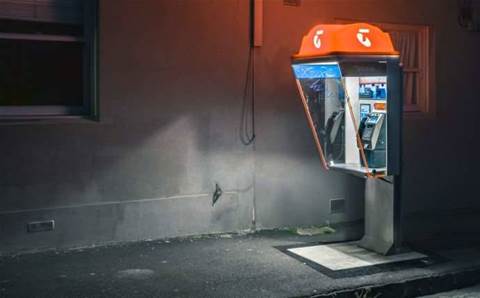Telstra is upgrading its mobile network to support the LTE category 16 standard and provide peak speed boost on its 4GX network to 1Gbps in the Melbourne, Sydney and Brisbane CBDs later this year.
The upgrade will coincide with the launch of the first hotspot capable of accessing the higher speeds, a 1Gbps Netgear mobile broadband device.
The network upgrade will mean theoretical peak download speeds of 1000Mbps and peak upload speeds of 150Mbps.
The carrier began trials of the 1Gbps capabilities last December in partnership with its network equipment vendor Ericsson.
“Our technology roadmaps will expand to introduce new features such as 4X4 MIMO that will further increase capacity and performance in densely populated areas to provide a superior mobile experience for our customers,” Telstra group managing director for Networks Mike Wright said.
The mobile network upgrade has also seen the number of cell sites capable of LTE Broadcast (LTE-B) services increase to 3000.
Telstra plans to use the LTE-B capabilities for mass device and application software updates, as well as for caching content and broadcasts at major sporting events.
Telstra released the first 4G LTE Advanced Cat 11 device, capable of peak speeds of up to 600Mbps using three-band carrier aggregation, as well as 4G voice (VoLTE) services in September 2015.
Since then, Telstra said it has added a million VoLTE-ready devices to its network, with 130,000 customers enabling VoLTE services.
The company intends to release a further upgrade to video over LTE (ViLTE) services alongside the speed upgrade.
Trials of 5G imminent
Telstra and Ericsson are set to begin 5G field tests in Australia later this year ahead of trial services during the 2018 Commonwealth Games on the Gold Coast.
A team of Telstra research engineers have been placed on a six-month secondment to Ericsson’s Research Lab in Sweden, where they are working on mobile communications using high-frequency “millimetre-wave” spectrum, as well as MIMO and beam forming.
Millimetre-wave refers to extremely-high frequencies between 30 Ghz and 300 Ghz, which the carrier hopes to use to connect internet of things devices.
The carrier claims it has achieved peak speeds of up to 11Gbps using the technology in a lab environment, and is planning to conduct field trials of the new technologies in Australia later this year.
It then plans to deploy 5G technologies to select parts of its mobile network on the Gold Coast during the 2018 Commonwealth Games, which it will use as a test-bed for 5G IoT (internet of things) devices in a real-life setting.
In preparation for the trials, Telstra turned on support for the low-speed category one LTE standard on its 4G network last week, which will be used for communications between 'internet of things' (IoT) connected devices.
The LTE standard offers 10Mbps downlink and 5Mbps uplink, with fewer signal modulation features and carrier aggregation compared to Cat 4 4G, which provides theoretical speeds of 150/50 Mbps, but which requires more expensive and power-hungry chip sets.




.jpg&h=142&w=230&c=1&s=1)

.png&h=142&w=230&c=1&s=1)
_(21).jpg&h=142&w=230&c=1&s=1)




.jpg&w=100&c=1&s=0)
_(8).jpg&w=100&c=1&s=0)










